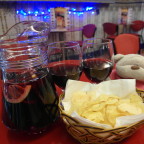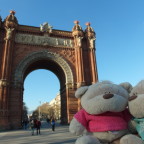After gaining independence in 1965, Singapore has grown from a third world country to a first world country. Singapore today is a thriving metropolis with high standards of living, quality infrastructure and education system as well as one of the highest GDP per capita in the world! Being connected by land, air and sea, Singapore has also grown to become one of the top 10 most visited cities in the world. If you’re thinking of travelling to Singapore, here are 15 Things You Should Know Before You Go!
1. Singapore is a really small Country
Most visitors do not know this but Singapore is a really small country. Singapore is only 50 kilometres measured from east to west and about 30 kilometres measured from north to south. The entire land area is about 700 square kilometres. To put things into perspective, both USA and China are approximately 14,000 times the size of Singapore. Even the state of California itself is 600 times the size of Singapore!
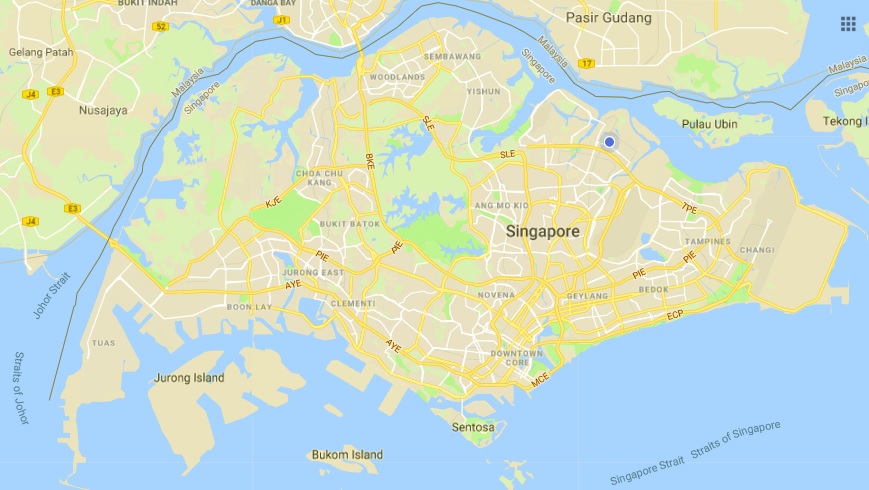
But being small is a great thing for travellers. If you’re driving, you can get to anywhere in Singapore in under an hour. Plus, you’ll be able to reach all the attractions and great food in Singapore that much more easily!
2. Weather in Singapore – Hot and Humid
There are basically only 2 types of weather in Singapore. Hot and humid or rainy (and humid). The “summer” months are during April to August periods where you can get temperatures soaring up to 35 degrees celsius. However, even though it is hot, you can get the occasional torrential (heavy) rain due to the high evaporation from the heat. Though normally for a short period of time. From November to January/Februry, these are the “monsoon” months. As the name suggests, the northeast monsoons bring extended periods of rain due to moisture brought in from the South China Sea. However, this period is also characterised by a much cooler temperature – usually in the mid to high 20s.

Either way, it is advisable to have an umbrella handy when you’re travelling in Singapore. Unless you’re a kid, raincoats or ponchos quickly identify you as a tourist.
3. The Singapore Population – Multi-racial/cultural/religious
Singapore a multi-racial and multi-religious society. The resident population (of approximately 4 million people; another 1.5 million of non-resident consists of students, migrant workers and their dependents) is made up of approximately 70% Chinese, 15% Malay and 10% Indian. Minorities include Europeans, Eurasions and Jews. In terms of religion, Buddhist (30%), Christian (20%), Islam (15%), Taoist (10%) and Hindu (5%) make up the major religions in Singapore, though many (15%) consider themselves Atheist.
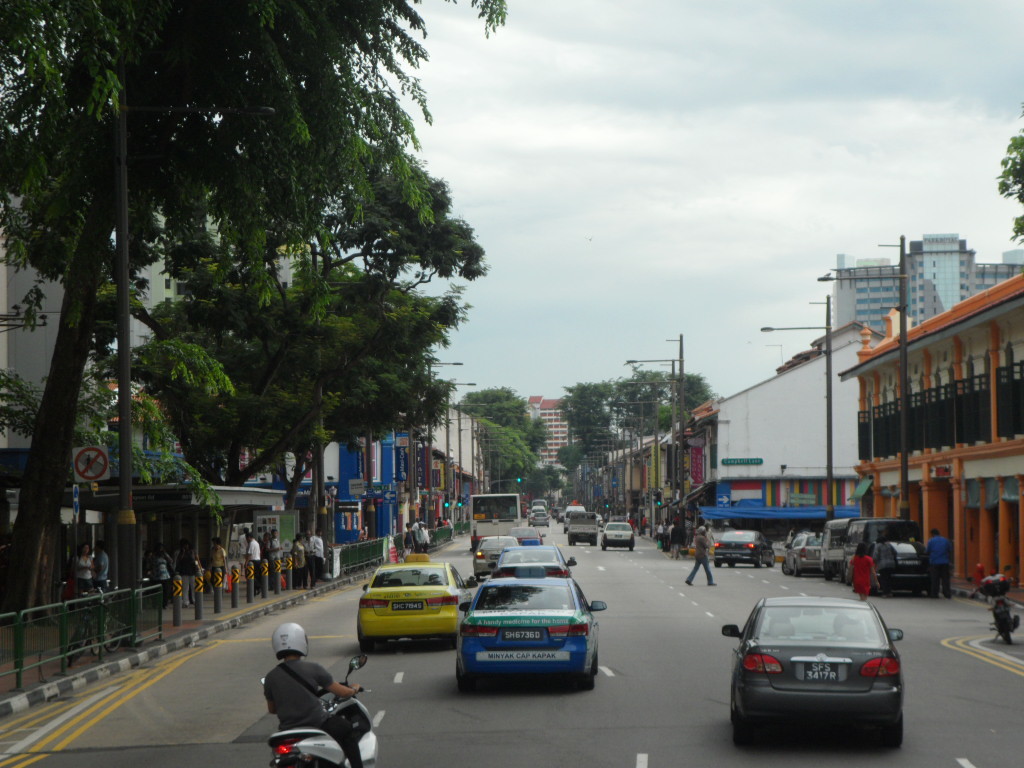
Due to Singapore’s multi-racial, multi-cultural and multi-religious society, it makes for a great place to visit. Cultural heritage destinations such as Chinatown, Little India, Kampung Glam makes for great picturesque destinations. Moreover, due to the acceptance of various foods from different cultures and races, Singapore has grown to become one of the top foodie destination in the world! In other words, if people in Singapore love your food, it MUST be really good!
4. Transacting in Singapore – Cash, Credit, Cashless
The Singapore currency (also known as SGD) is pegged to a basket of currencies (the secret formula of MAS) and generally tracks the US dollar. At time of writing this article, the USD dollar is equivalent to 1.35SGD while the SGD is equivalent to 4.85 Yuan.
Cash is generally accepted at all retail outlets and restaurants island-wide. However, with the government’s push to become a cashless society, mobile credit cards and cashless payment modes are fast gaining traction. Applications such as Alipay and WeChat Pay have also arrived on the shores of Singapore to cater to the burgeoning Chinese tourists visiting Singapore.
In the meantime, cash and credit cards (Master/Visa/Amex) are gonna stay for a while more. Speaking of cash, there are many money changers in Singapore. Try not to change at the airport or at banks. Money changers in shopping malls usually have better rates than the airport or the bank.
5. How to Get to Singapore?
Singapore is literally a transport hub – connected by land, air and sea. The easiest way to get to Singapore would of course to fly into the world class Changi International Airport. With the opening of Changi Terminal 4, Changi Airport can now handle a whooping 82 million passenger each year!
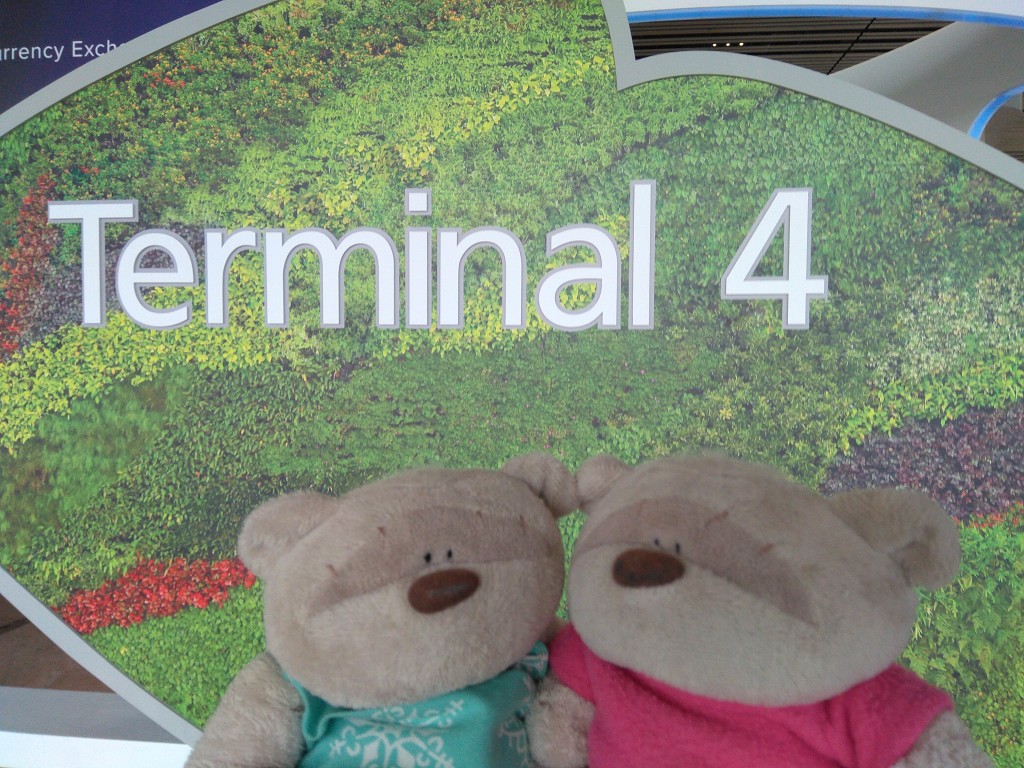
Singapore is connected to the state of Johor (Malaysia) via the Johor-Singapore Causeway that enters Woodlands as well as the Malaysia-Singapore Second Link that enters Tuas. With the expected completion of Kuala Lumpur-Singapore High Speed Rail (HSR) in 2026, visitors can commute between KL and Singapore in under 90 minutes!
Lastly, Singapore is also a cruise hub. Cruises from various Southeast Asia countries as well as Australia enter Singapore via the Singapore Cruise Centre and the Marina Bay Cruise Centre. Ferries from Changi Ferry Terminal as well as Tanah Merah Ferry Terminal takes you to nearby destinations such as Desaru, Bintan and Batam.
6. Travelling around Singapore by Public Transport
Travelling in Singapore is a breeze with the public transport network. Due to the size of Singapore, it is not sustainable for car ownership to increase indefinitely. At the time of writing, a Nissan Qashqai (2.0L) costs about $140k (of this, $40k goes to Certificate of Entitlement aka COE). :O Hence, to encourage car owners to do the switch, public transport has been extensively developed in Singapore to include the MRT (Mass Rapid Transit – akin to Subways), LRT (Light Rail Transit), buses and taxis (these days in partnership with Grab and Uber).
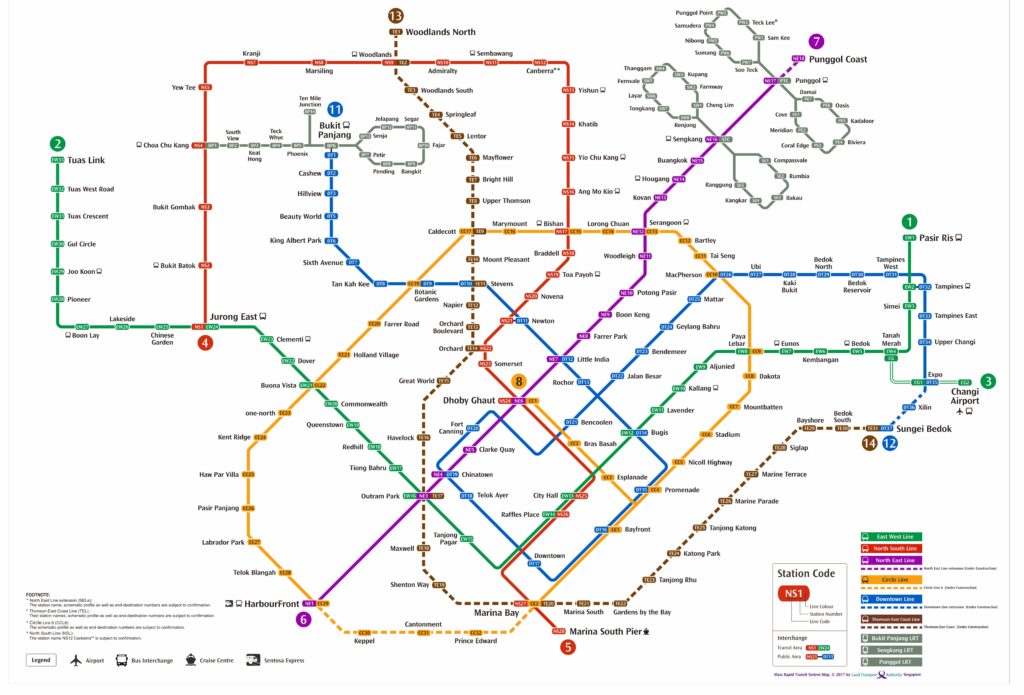
There are currently 5 lines on the MRT network – East-West Line, North-South Line, North-East Line, Circle Line, Downtown Line and the 6th line, Thomson-East Coast Line that is currently under construction. There’s practically a MRT station that is close (or at) an attraction in Singapore. These include Little India, Chinatown, Clarke Quay stations on the North-East Line, Orchard Road and City Hall station on the North-South Line, Bayfront station (access to Marina Bay) on the Circle Line as well as Botanic Gardens on the Downtown Line. Even if the MRT station is still a distance a way, there will be a bus service that links to it. If all else fails, Grab and Uber are relatively cheap options as compared to all other major cities in the world. For instance, a trip on the MRT/bus combination to anywhere in Singapore, costs less than $2.5 SGD (for EZ link card users). A ride across the island on Grab or Uber costs approximately $40.
7. Singapore is a Foodie Paradise!
As melting pot of many wonderful cultures, Singaporeans are also exposed to all types of cuisines from Asian to European to fusion and of course, uniquely Singapore cuisine…
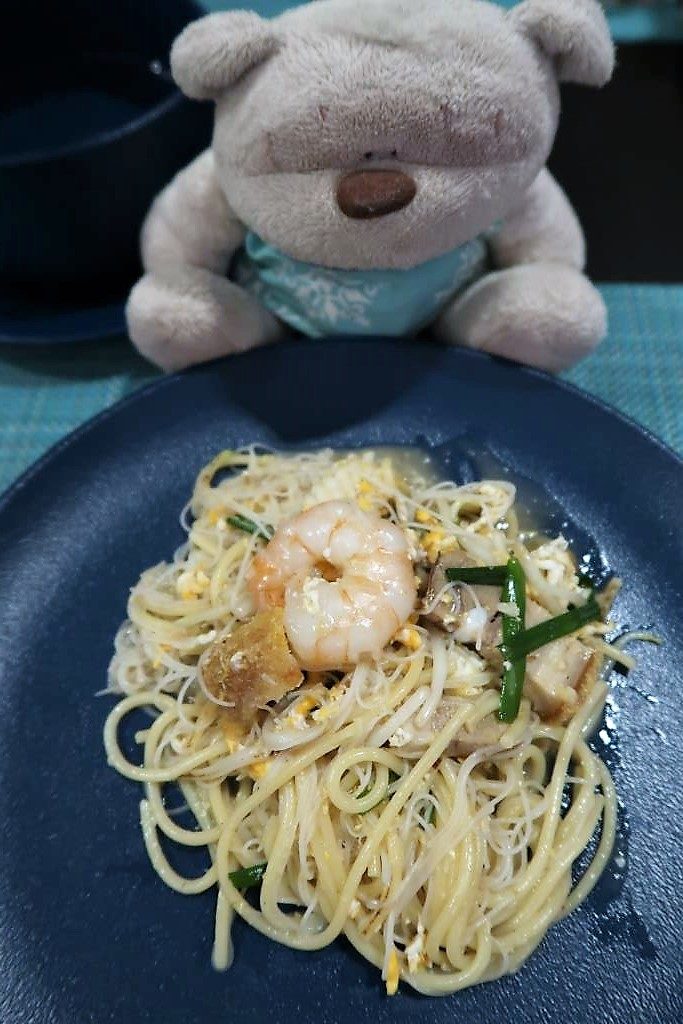
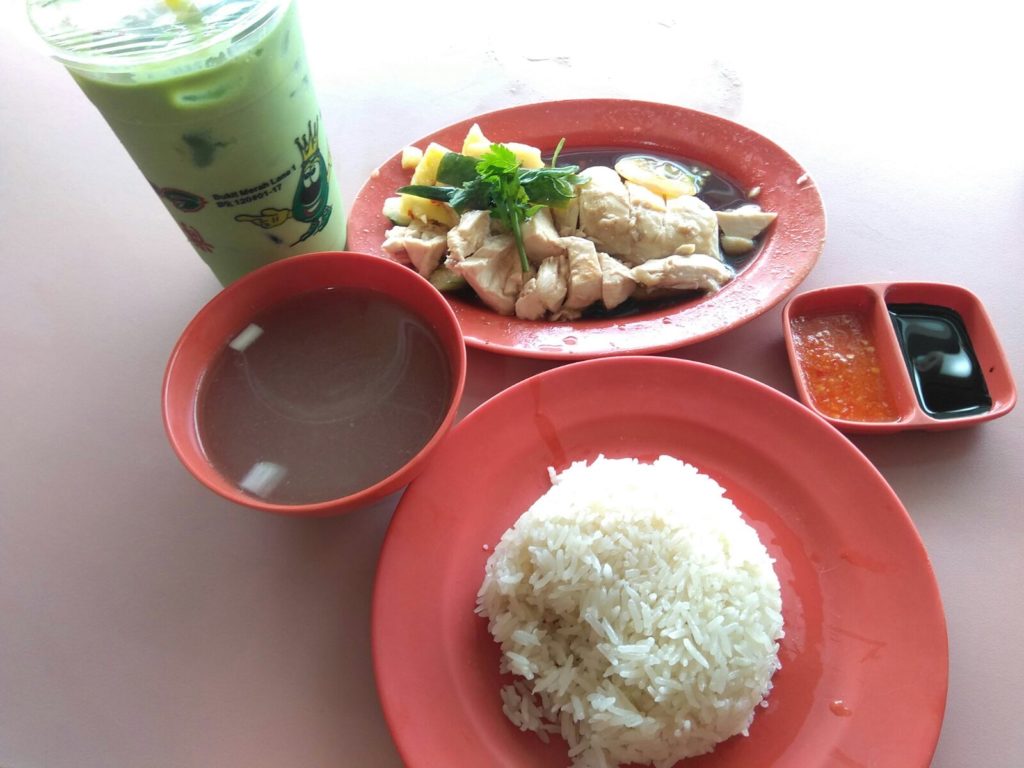
Having hosted friends from all over the world, we’ve realized that chicken rice is the firm favourite no matter where our friends are from. To savour the best that Singapore hawker food has to offer, head over to one of the many food centres (also known as hawker centres) in Singapore. Our favourite hawker centres in Singapore include Alexandra Village Food Centre, ABC Brickworks Food Centre, Whampoa Food Centre, Marine Parade Food Centre, Changi Village Food Centre, Chomp Chomp Food Centre and food centres across Ang Mo Kio. In fact, 2 Singapore hawker food has recently been recognized by Michelin by being award a Michelin star. To top things off, hawker centres offer food at really cheap prices that start at $3 SGD. Recently, If you’re in shopping malls, food courts are also a great option to savour Singapore delicacies at competitive prices.
Of course, Singapore also has atas (Singlish for “high class”) dining destinations such as 3/2/1 Michelin star restaurants awarded in 2017. In addition to having top notch international restaurants and superb local cuisine, Singapore also boasts some of the best buffets in the world. For the most opulent of buffet in Singapore, head to Bar and Billiard Room at Raffles Hotel – possibly the best Sunday Brunch in Singapore and probably the world! Complete with free flow of champagne no less.
Yes, there’s even free flow of foie gras! :O
8. Where to stay in Singapore
Firstly, Airbnb is illegal in Singapore. Short-term rentals shorter than 6 months are illegal in Singapore at the time of writing. Although there are still listings on Airbnb, by booking, you’ll not only be putting yourself at risk, you’ll also be putting the home owner at risk of investigation. Hence, you’ll be fine if you book your stays at Singapore Hotels, hostels or serviced apartments.
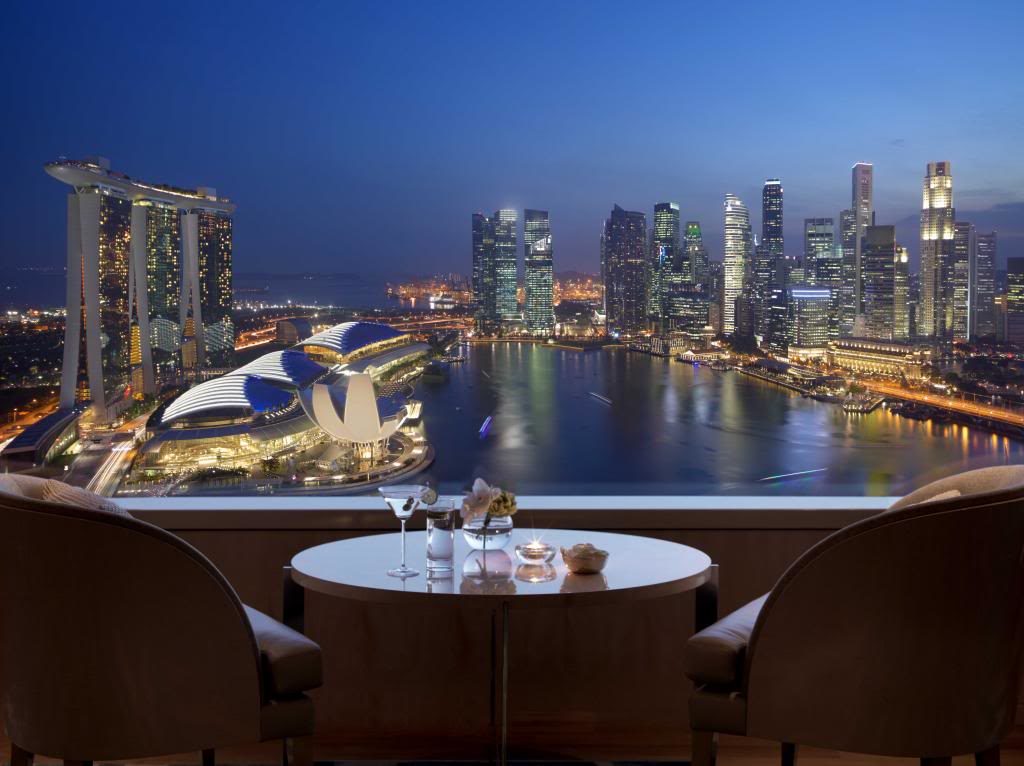
We have curated a list of hotels for Singapore Staycations – hotels that we love staying at in Singapore!
9. Fashion (or the lack of it)
Due to the hot and humid weather, Singaporeans have a very common attire which consists of a shirt, bermudas and flip-flops. Hence, if you’re talking about fashion – they’re usually reserved for night events. In the day, shirt/singlet, bermudas and slippers are the local favourite. In fact, a local debate has started as a result of “casual/sloppy” dressing by students in tertiary institutions.
Hence, to experience “local fashion”, you know what to wear now right?
10. Power Voltage
Singapore uses the standard voltage of 220V/240V with 50Hz frequency. The socket outlets are British BS1363 three-pronged square pin type socket. Nonetheless, with the advent of USB, most hotels have been retrofitted with USB charging points. Hence, the use of an adaptor for charging devices may not be as essential as in the past now.
11. Singlish – The unofficial language of Singapore
Just by seeing the word “Singlish”, one might think that it is probably Singaporean English. However, it is much more than that. Although the main part of Singlish is English, Singlish also includes a mix of Malay, Tamil, Chinese and Dialects. Moreover, there are probably English-like phrases that English speakers would probably not understand. If you know terms like “Chibaboom” and “Yaya Papaya” – you’re pretty close to being a Singaporean.
Of course, the other part of Singlish is the use of “lah”, “leh”, “lor”, “meh”. The use of these “articles” at the end of a sentence denotes a different meaning altogether. Consider the following example…
“I don’t know lah” – Please don’t ask me, I really do not know.
“I don’t know leh” – I’m not sure.
“I don’t know lor” – I just dont know.
“I don’t know meh” – You think I do not know?
Just by adding a different “article” creates a slightly different meaning to the sentence “I don’t know”. Isn’t it amazing? We super looooooooove Singlish lah!
12. Places of Interest and Attractions in Singapore
There are so many things to do and attractions in Singapore that we have created the post 101 Things to do in Singapore to show you the many places of interest right here in Singapore! Whether it is touristy stuff (Sentosa, Marina Bay, Orchard Road), ideas for kids (Singapore Zoo, Science Centre, Snow City), cultural heritage (Little India, Kampung Glam, Chinatown), the arts (Esplanade, Victoria Concert Hall), night life (Clarke Quay, Club Street), food (Lau Pa Sat, Hawker Centres) or shopping (Orchard Road, Bugis), there’s definitely something for everyone. This is also why the Singapore Tourism Board (STB) together with Singapore Economic Development Board (EDB) has started a new slogan – Passion Made Possible to make the meaning of travelling to Singapore more than just the sights and the sounds. It is the deep connections made and the experiences felt during the visit to Singapore that appeals to sophisticated travellers of today.
13. Souvenirs to get in Singapore
We have previously wrote a simple piece about the souvenirs to get from Singapore. In addition to “traditional” souvenirs such as bak kwa (pork jerky), Risis Jewelry and magnets/souvenirs from Chinatown, a new favourite has emerged in recent times – the salted egg yolk potato chips!
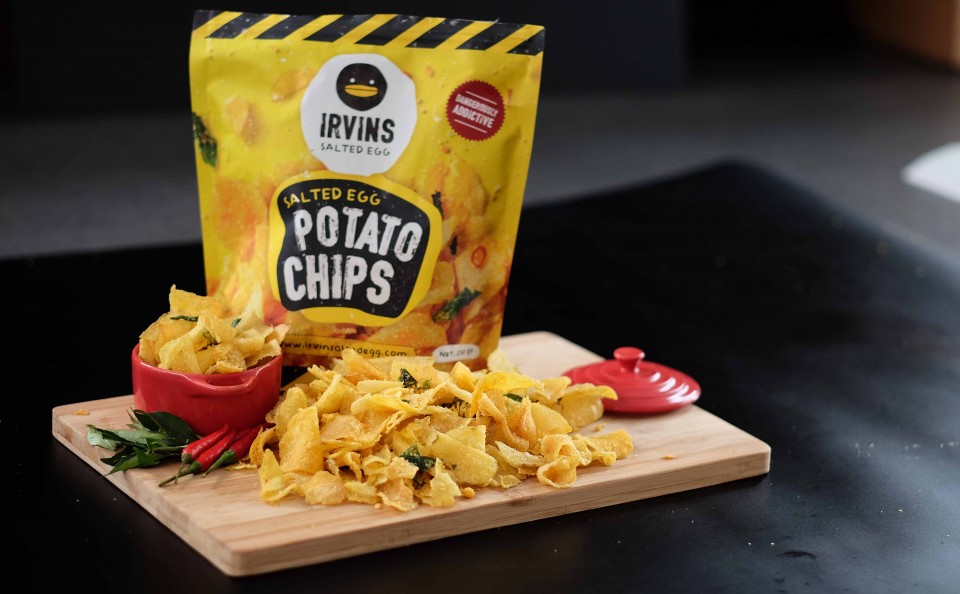
Image Courtesy of Irvin Salted Egg
In fact, anything salted egg has been all the rage. Check out salted egg yolk crabs/prawns as well as custard buns while you’re here.
14. Shopping in Singapore
There are many shopping venues in Singapore. The most obvious of which? Orchard Road – Singapore’s premier shopping district.

Akin to Champs Elysees of Paris and Oxford Street of London, Orchard Road has all the high end brands from all over the world situated on this 2 kilometres stretch of shopping paradise. If you’re looking for a little bit more of street fashion, Far East Plaza (edge of Orchard) as well as Bugis Street should be able to meet those desires.
15. Singapore Travel Series – The Heartlands
Recently, we have started a Singapore Travel Series that covers Singapore Heartlands. Areas where locals live, work and play. If you want to have a feel of the heart and soul of Singapore, the heartlands is where you want to visit. Check out our first Singapore Travel Series to Ang Mo Kio Heartlands to find out more!
Last but not least, if you enjoyed our content, “Like” us on Facebook Today!
We hope you have enjoyed these 15 information snippets which are designed to help you in your travels to Singapore. Is there any other information that you need for your next visit to SG? Let us know in the comments section below!

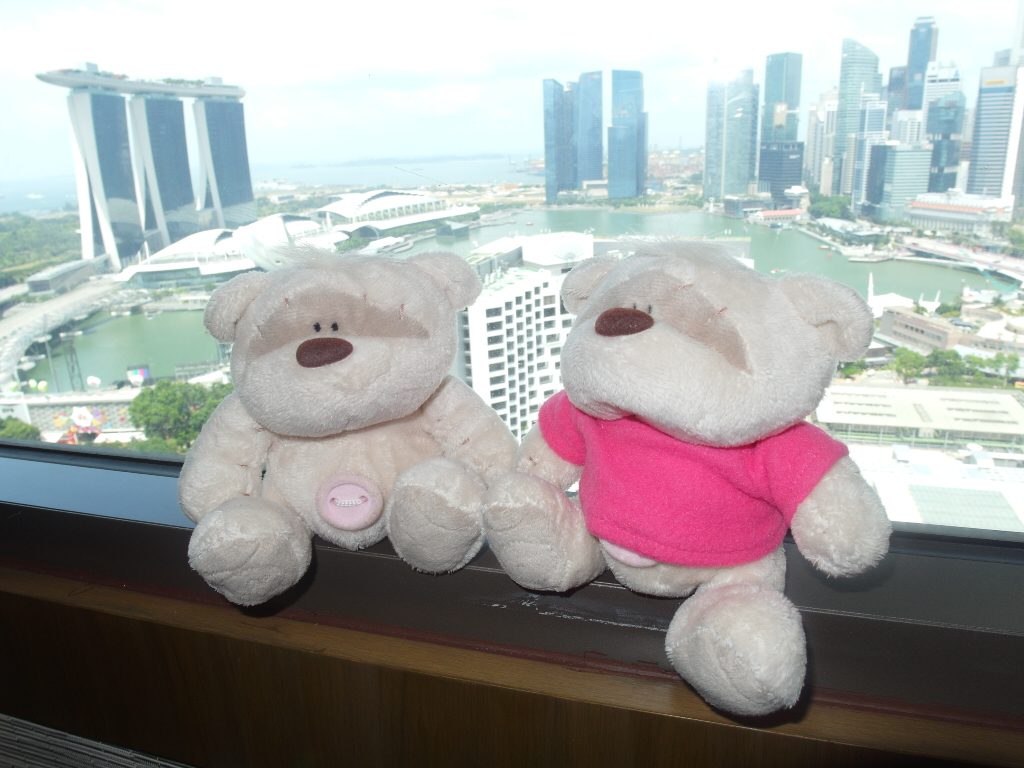
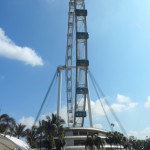

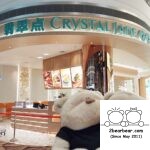
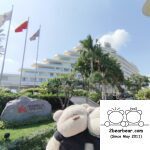

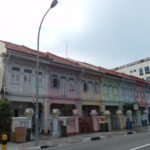
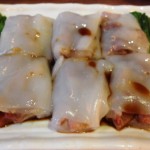


 Buy us a
Buy us a 

 OR
OR
